In 1909, reformist Nguyễn Dynasty scholar Phạm Quang Sán offered an example of a theoretical civil service exam question and answer that sought to demonstrate that the origins of Western learning lay in Asia, and that people in Asia now needed to learn Western learning so that they could reap the results of the seeds of knowledge that they had originally sown. Further, by doing so Phạm Quang Sán argued that Asians would then be able to compete with Westerners on a more intellectually equal level.
A year later, in 1910, there was an actual question on the palace exam that addressed this issue of the value of Western knowledge, as well as the value of reformist writings that people like Phạm Quang Sán produced. The model answer that was published that year dismissed the value of both Western and reformist learning by arguing that ultimately all knowledge can be found in the (Confucian) classics.
It is therefore clear that there were differing views at that time among the traditional elite about Western learning. However, it is also clear that by the end of the 1910s that same elite had largely come to accept Western learning.
How did that happen?
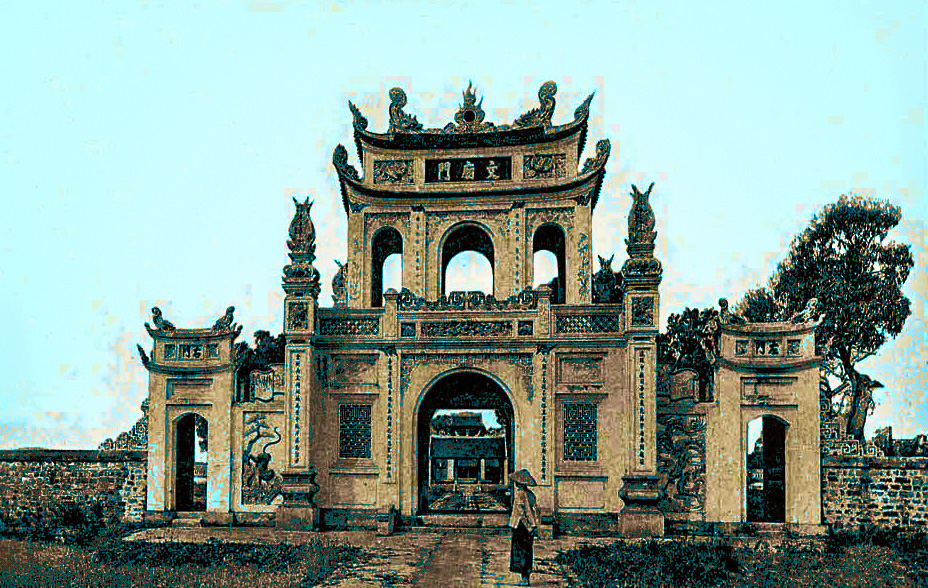
My sense is that it happened exactly in the way that Phạm Quang Sán sought to bring about change in his 1909 A New Selection of Policy Studies (Sách học tân tuyển 策學新選), that is, by viewing Western learning through the classics, and by getting the classics to legitimize Western learning.
We can see this in the fact that a more official publication in 1911 took this very same approach that reformist Phạm Quang Sán had applied two years earlier. This text was entitled Policy Questions in the New Style (策文新式 – Sách văn tân thức) and it contained questions and answers that had been compiled together by the Imperial Academy (Quốc Tử Giám 國子監), that is, by the highest official educational institution in the country.
Therefore, unlike Phạm Quang Sán’s personal writings, the Policy Questions in the New Style represented official Nguyễn Dynasty ideas about what exam candidates were expected to write. Interestingly, with regards to the question of Western learning, this 1911 text presented ideas and an approach that were very similar to those of Phạm Quang Sán.
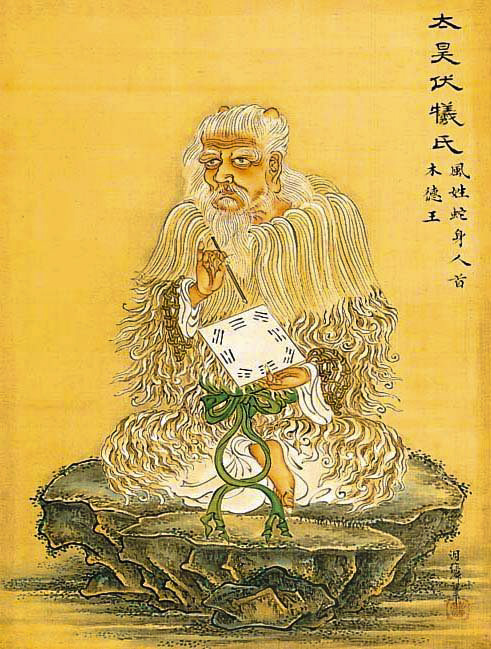
Taking the same topic about the Classic of Changes (Yijing 易經) and knowledge production as the 1910 exam, the opening model exam question and answer in the1911 Policy Questions in the New Style talked about the 13 hexagrams in the Changes that ancient sages “regarded” and then “fashioned implements” from.
The question this time, however, points out that this process of fashioning implements by regarding the images of the hexagrams in the Changes is something that five successive sages engaged in: Fu Xi, Shen Nong, the Yellow Emperor, Yao and Shun.
In other words, this question introduced “time” into the discussion, and asked why it was that different sages fashioned different implements at different times? The question also wondered if it was possible that there were other implements that they did fashion because the time, for whatever reason, did not allow that yet.
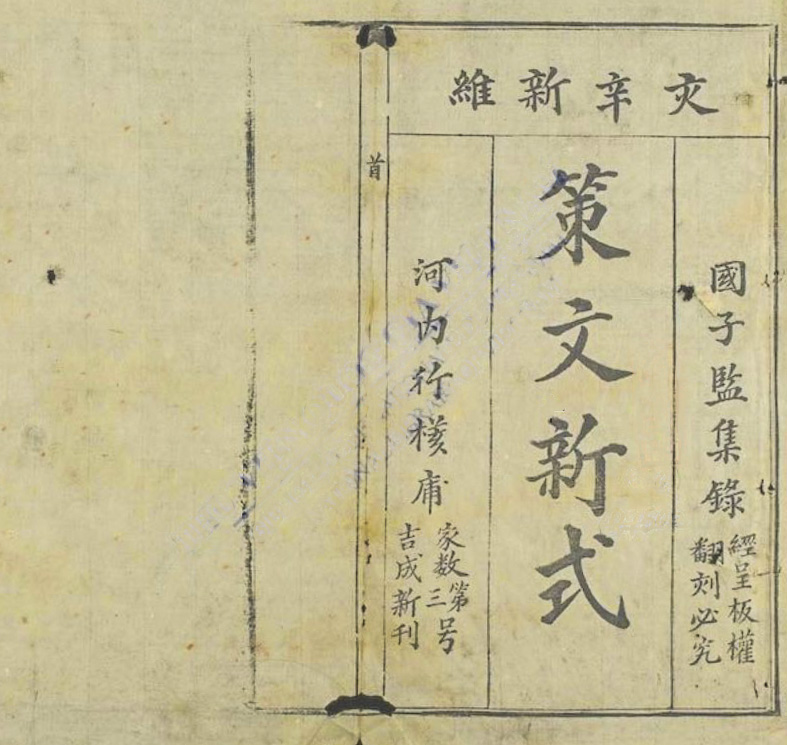
Here is the question:
十三挂制器尚象,皆通變宜民之事,必歷五聖而後備,將前此智慮有不及歟。兹欲與民宜之,當如何。
“The thirteen hexagrams and regarding the images [of the hexagrams] to fashion implements is all a matter of making changes that are helpful for the people. They had to pass through [the work of] five sages before they were complete. Are there some [issues] that this past concern [to assist the people] did not consider? If one now wishes to get the people to adapt, how can this be done?”
“Making changes that are helpful for the people” (thông biến nghi dân 通變宜民) and “getting the people to adapt” [to changes] (dữ dân nghi chi 與民宜之) are two important concepts from the passage in the Changes about the sages’ fashioning of implements after having regarded the images of the hexagrams.
The idea behind these concepts is that the sages were expert at knowing exactly what kinds of changes could be brought about to help the people, and that they also knew exactly how to do this so that the people would be easily able to adapt to those changes and would not become overwhelmed or “wearied” (quyện 倦).
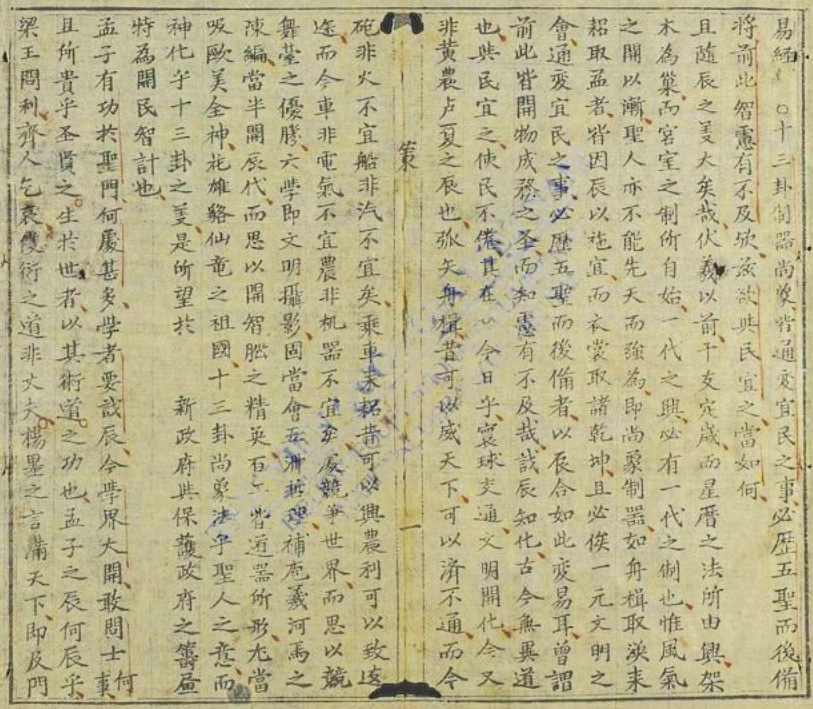
Let us now look at how this question was answered in the Policy Questions in the New Style:
且隨時之義大矣哉。伏羲以前,干支定歲,而星曆之法所由興,架木為巢,而宮室之制所自始。一代之興,必有一代之制也。惟風氣之開以漸,聖人亦不能先天而強為,即尚象制器,如舟楫取渙,耒耜取益者,皆因時以施宜,而衣裳取諸乾坤,且必俟一元文明之會。通變宜民之事,必歷五聖而後備者,以時合如此變易耳。
“How great is the concept of following the times! Before the time of Fu Xi the heavenly stems and earthly branches [can chi 干支] were used to establish [the divisions of] the year, and the practice of calculating the calendar based on the movement of the stars followed this. Wood was [first] stacked to make a nest, and this initiated the practice of building dwellings.
“The rise of every age is accompanied by creations of that age. Because conditions have gradually improved over time, the sages could not preempt Heaven. So in regarding the images to fashion implements, such as boats and oars based on the hexagram Huan and plowshares and plow handles based on the hexagram Yi, this was all carried out to achieve what was suitable for the time. And as for clothing based on the hexagrams Qian and Kun, that had to await a civilized time. Transformations that are helpful for the people had to pass through five sages before they were complete, so that the times would be appropriate for such changes.”
So here we see why there were five successive sages who regarded the images and fashioned implements. It is because they were “following the times” (tùy thời 隨時) and made changes that fit with the times.
Did, however, they make all of the changes that are necessary? That is topic that the next section of the answer addresses.
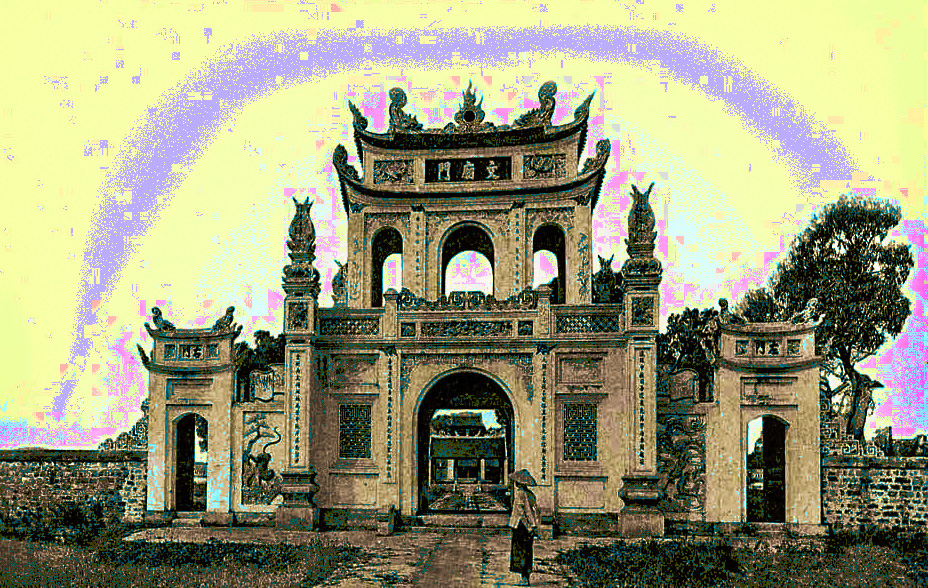
曾謂前此皆開物成務之聖,而智慮有不及哉。試時知化,古今無異道也。與民宜之,使民不倦,其在 今日乎。環球交通,文明開化,今又非黃農虞夏之時也。弧矢舟楫,昔可以威天下,可以濟不通,而今砲非火不宜,船非汽不宜矣。乘車耒耜,昔可以興農利,可以致遠途,而今車非電氣不宜,農非機器不宜矣。
“It has formerly been said that this [i.e., the process of creation that the Yijing discusses] is all the sagely creation of objects and the completion of affairs, and that nothing has been left unconsidered. To test the times and know what to transform, from the past to the present there has only been one way of doing this. Getting the people to adapt [to changes], making sure that the people do not become wearied [by the changes taking place], is that taking place at present?
“The entire globe is in contact and is being transformed by civilization, but the present is not the same as the time of the Yellow Emperor, Shen Nong, Yu and the Xia Dynasty. Bows, arrows, boats and oars could awe All Under Heaven in the past, and could cross over to places where they had previously been unable to go. However, now if a cannon does not have fire it is not appropriate, and if a boat does not run on steam, then it is not appropriate. Carriages and plows in the past could bring agricultural benefits and could take one on a distant journey. However, now if a vehicle is not motorized it is not appropriate and if machines are not used for agriculture it is not appropriate.”
So obviously the sages did not make all of the changes that are necessary. They made changes that followed the times that they lived in, but present times were different from the time of antiquity, and therefore, new implements needed to be fashioned.
What is more, the new implements that were being fashioned were all Western creations, and therefore, the logic here is that it is ok to accept Western ways as they are changes that are following the times, and which the sages were unable to bring about because they were not yet appropriate for the times they lived in.
Then conclusion then makes the case for combining the knowledge of the classics with Western learning. The language here is a bit confusing, as it combines modern and ancient terminology, but that seems to be the point as the text is calling on people to supplement their knowledge of the classics with Western learning.
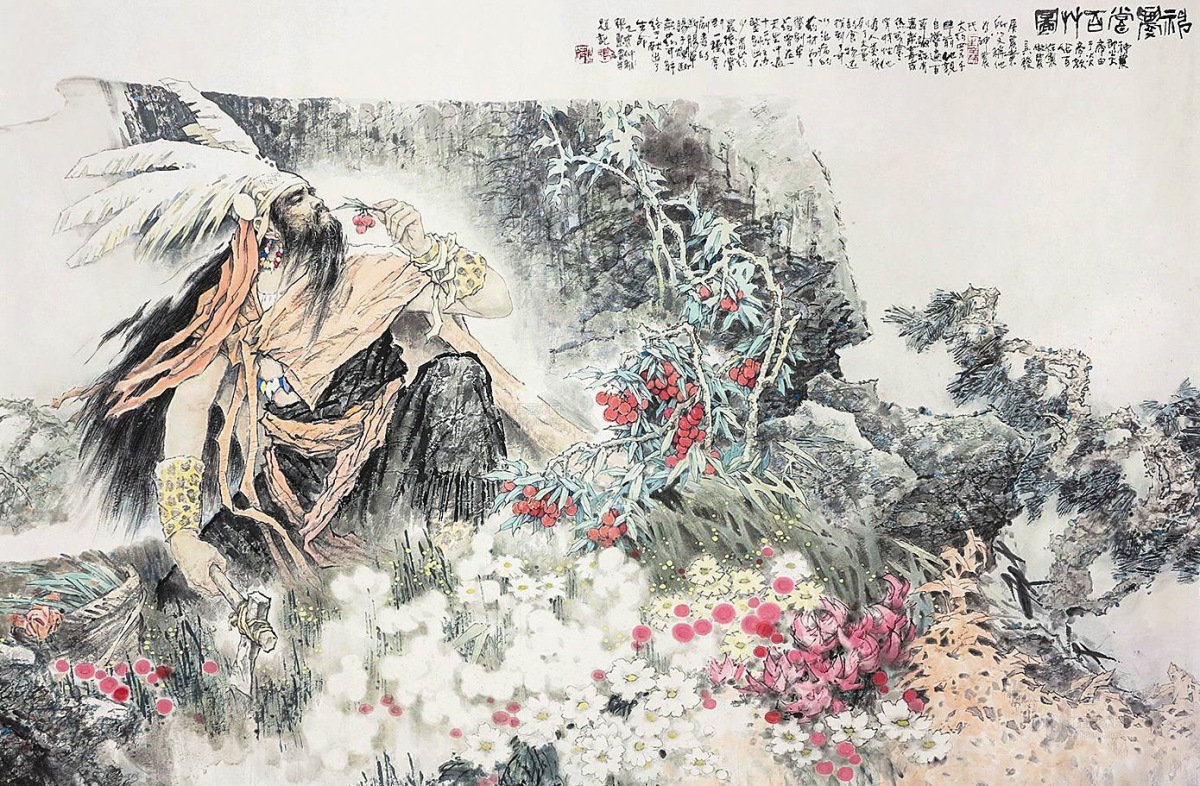
處競爭世界,而思以競舞臺之優勝,六學即文明攝影,固當會五洲哲理,補包犧河馬之陳編,當半開時代,而思以開智腦之精英,百工皆道器所行,尤當吸歐美全神,花雄貉仙龍之祖國。十三卦尚象,法乎聖人之意,而神化乎十三卦之義。是所望於 新政府與保護政府之籌劃特為開民智計也。
“In a world of competition, if one wishes to compete on the stage for dominance, the Six Classics are a photograph of civilization, therefore one should bring together the wisdom from the five continents and supplement the ancient text of Bao Xi’s [=Fu Xi] River Horse [Chart = the Yellow River Chart].
“In a semi-civilized age, if one wishes to develop people of great minds, the officials are all manifestations of the Way and physical forms (đạo khí 道器) and should imbibe the complete spirit of Europe and America to beautify the ancestral land of the Hùng Lạc fairy and dragon.
“The regarding of the images of the thirteen hexagrams was modeled after the intent of the sages and divinely transformed by the meanings of the thirteen hexagrams. This is [my] hope for the plans of the new government and the protectorate government to particularly devise a way to enlighten the people.”
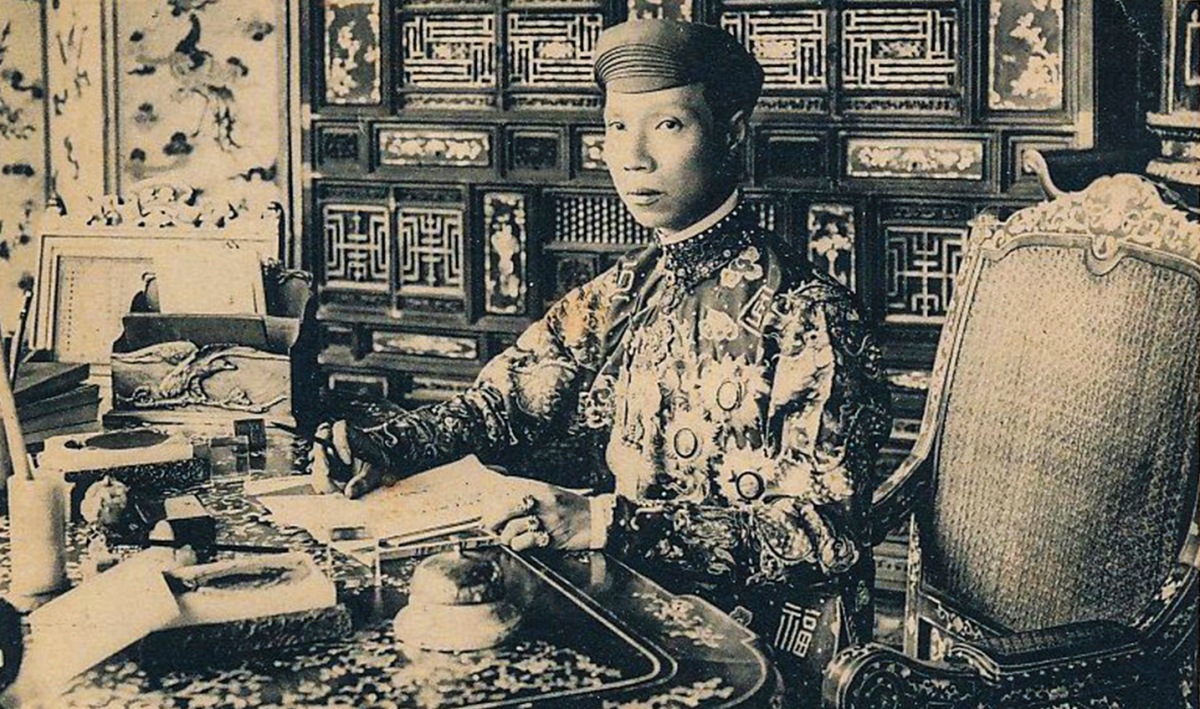
I don’t find this essay as clear and compelling as Phạm Quang Sán’s essay on the same topic, however both essays make the same point: Vietnamese needed to accept and adopt Western learning.
The less-clear way that ideas in this essay are expressed may be a reflection of the fact that it comes from the official world of the Imperial Academy, and given that some members of the official world of the Nguyễn Dynasty were still opposed to adopting Western learning at that time (as the 1910 palace exam demonstrates), perhaps it is the case that people in the Imperial Academy had to find a less direct way to make the same point that Phạm Quang Sán had so that opponents of these ideas would not get too angry.
Whatever the case may be, this document is important as it suggests that the official world of the Nguyễn Dynasty was giving its approval for the adoption of Western learning.
It is also important because it shows that some Western concepts – like the concept of civilization and the Social Darwinist idea of competition between societies – were already being taken for granted in 1911.
This can give us an idea of how the world of the traditional elite changed. It wasn’t the case that there was some “crisis” where traditional knowledge “failed” and the Nguyễn Dynasty elite became irrelevant, and had to be replaced by revolutionaries who were the only ones who could see the correct path to follow.
Yes, there were some people, like Phan Bội Châu and Phạm Quang Sán, whose ideas appear to have changed rapidly. However, for the majority of educated people in the early twentieth century, their traditional learning did not “die” and have to be replaced. Instead, it gradually transformed into Western learning.
As the classics were used to explain and justify Western learning, more and more concepts from Western learning became common sense to the traditional elite, until by the time that Emperor Khải Định composed the final palace exam question in 1919, it just contained “common sense” (Western) ways of thinking about the world. And because they were common sense (like the concepts of civilization and Social Darwinist competition were in 1911), people did not see them as “Western” anymore.
Their traditional knowledge had transformed into something new.
